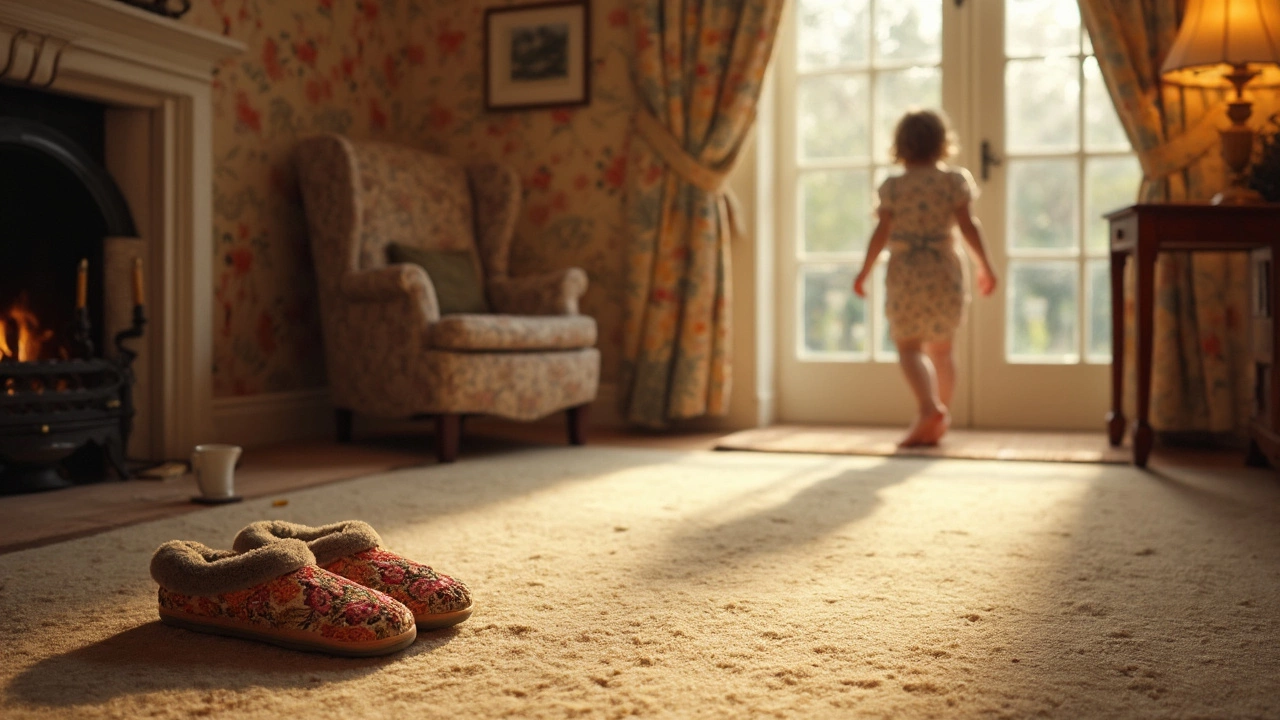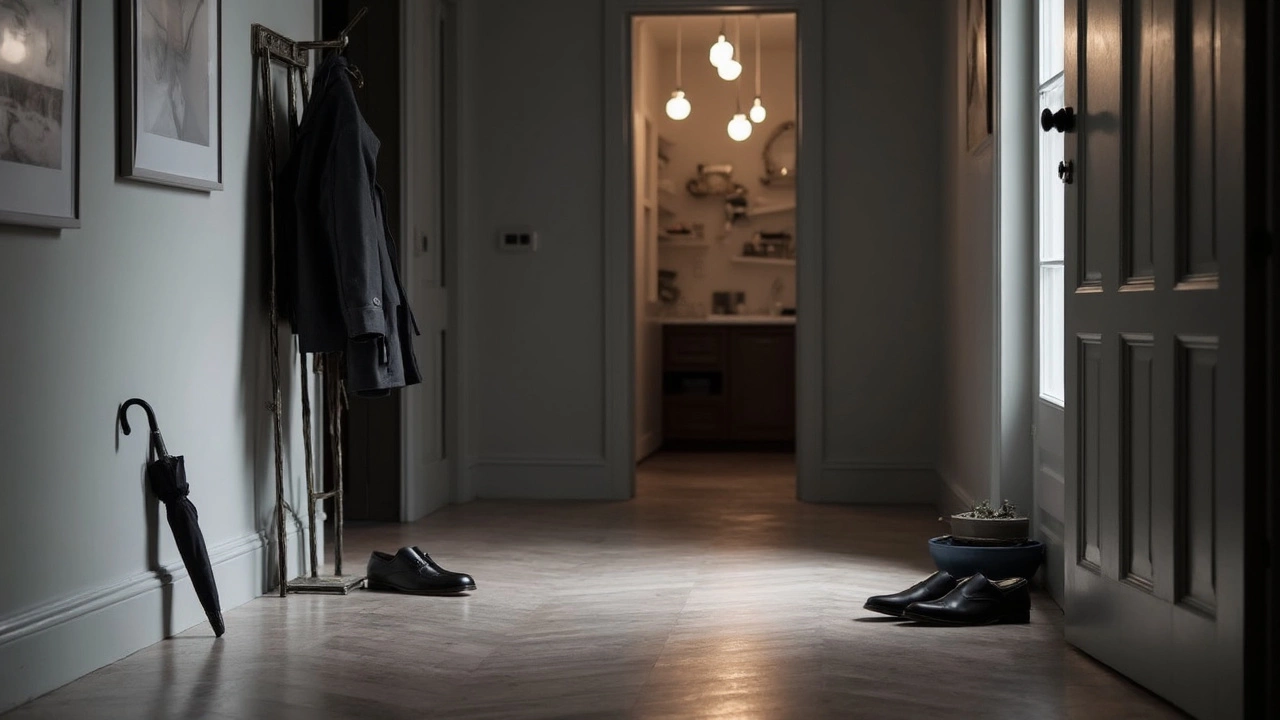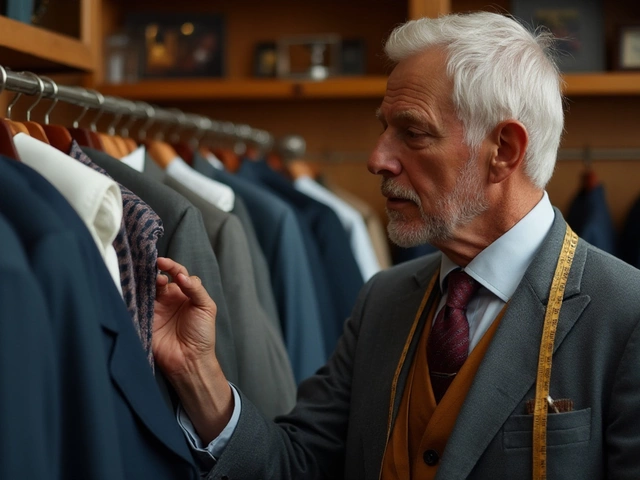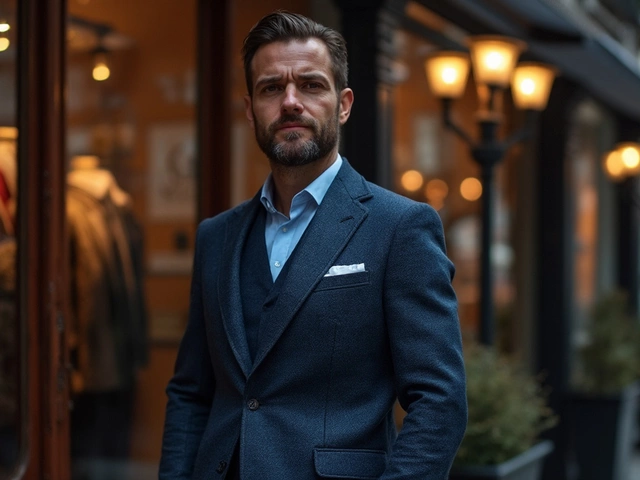Why Some Countries Prefer No Shoes Inside: The Slipper Solution

- Cleo Fairchild
- 17 March 2025
- 0 Comments
Ever wondered why some folks kick off their shoes the moment they step inside? It’s actually quite common in many parts of the world. Let's take a closer look at this shoe-free phenomenon.
You’ll find that countries like Japan, Sweden, and Turkey have a long-standing tradition of leaving shoes at the door. It's not just about keeping dirt where it belongs—outside—but also about showing respect for the home.
Using slippers is not just a cozy choice. In these countries, it’s a staple that maintains cleanliness and comfort. Let's not forget the sheer joy of slipping into warm, toasty slippers after a long day.
Thinking of adopting a no-shoes policy in your own home? It's easier than you might think, and the benefits are plenty. From less vacuuming to improved indoor air quality, a shoe-free home could make a noticeable difference.
- Shoes Off Culture: A Global Overview
- Reasons Behind the Habit
- The Role of Slippers
- Tips for a Shoe-Free Home
Shoes Off Culture: A Global Overview
Ever visited a friend’s house and momentarily freaked out when asked to take your shoes off? Turns out, this is a pretty standard request in many parts of the world. Countries from Asia to Europe have embraced the no shoes inside rule, each with their unique twist.
Why Shoes Stay at the Door
Japan is perhaps the most famous example. There, leaving shoes at the entrance, known as the genkan, is essential. It's not just dirt they're avoiding—it's bad vibes. The practice ensures that outside chaos doesn’t invade the serene space of the home.
In Northern Europe, places like Sweden and Norway hop on the no-shoes bandwagon too. For them, it’s all about hygge, the perfect coziness. Imagine sipping hot cocoa on a chilly day, slippers on, without a trace of mud on your socks.
The Cultural Fabric
Turkey also insists on a shoe-free home. With carpets often adorning their interiors, it’s as much about fashion as it is about function. You'll often find hosts offering guests slippers to make them feel at home, sans the outdoor grime.
Putting It into Perspective
Why this global shift towards indoor shoe rules? Think of it as a little respect mixed with a lot of common sense. Clean floors without the fuss of constant mopping. Plus, embracing this custom brings an aura of calm and care, making homes more inviting.
The shoe-free culture is not purely about aesthetics or cleanliness, but a way of life that promotes well-being and respect within the home. So next time someone asks you to leave your shoes at the door, know there’s a rich tradition backing that simple request.
Reasons Behind the Habit
Why do certain countries insist on ditching shoes inside their homes? It's not just a quirky choice. There are some practical and cultural reasons behind this practice.
Cleanliness and Hygiene
One of the top reasons people in places like Japan and Sweden leave their shoes at the door is to keep their homes clean and tidy. Shoes track in dirt, germs, and even chemicals from the outdoors. By sliding into slippers, there's a noticeable cutdown on the muck that makes its way inside.
Preserving Floors
Who wants scuffed and scratched-up floors? Hardwood and carpets stay in better shape without the grit and grime that shoes can drag in. Plus, for folks with stylish or gently aged flooring, it’s about preservation.
Respect and Tradition
This habit often ties into cultural values. In Turkey, for instance, entering a house with shoes on can be considered disrespectful. It’s all about showing respect for the home and its inhabitants. This practice is also linked to rituals and customs—like Japan's tradition of removing shoes to step onto tatami mats.
Comfort
Let’s face it: walking around your own home should feel comfy. By swapping out shoes for slippers, you’re instantly more relaxed and at ease. It’s like wrapping yourself in a soft blanket for your feet.
| Country | Shoes Off? | Main Reason |
|---|---|---|
| Japan | Yes | Respect and Cleanliness |
| Sweden | Yes | Hygiene and Comfort |
| Turkey | Yes | Respect and Tradition |

The Role of Slippers
Slippers are more than just comfortable foot coverings; they're a cornerstone of indoor life in many cultures, where shoes aren't worn inside. In countries like Japan and Sweden, slippers play a fundamental role in separating the outdoors from the indoors.
Why is that? Well, one strong reason is hygiene. Think about it—shoes travel everywhere, picking up all sorts of dirt and bacteria. Using slippers indoors is a simple way to keep the nastiness at bay, ensuring your floors stay cleaner for longer.
Health Benefits
Switching to slippers isn't just about a clean house. It can also have some cool health perks. A study from the Journal of Environmental Health found that households instituting a no-shoes policy reduced their contact with harmful bacteria by up to 60%. That's a win for everyone's health, right?
In terms of comfort, slippers offer much-needed cushioning for your feet after a long day. In colder climates, like parts of Canada or Russia, they even help keep your feet snug and warm, cutting down on heating costs a little.
Cultural Significance
More than just functional, slippers carry significant cultural symbolism. A Japanese proverb perfectly captures this sentiment:
“The entrance way for shoes, the platform for slippers—respect where your feet tread.”Slippers often signal a shift from the hustle and rush of the outside world to the peace and tranquility of home life.
- Japan: Special guest slippers are usually kept aside for visitors.
- Turkey: Many families offer decorative slippers to guests as a gesture of hospitality.
- Sweden: It's common to find basketfuls of slippers at the entry, ready for anyone who walks in.
| Country | Slipper Practice |
|---|---|
| Japan | Providing separate slippers for toilet use |
| Turkey | Decorative guest slippers |
| Sweden | Shared family slippers |
Ultimately, adopting the slipper lifestyle could be a simple yet meaningful change to enhance both hygiene and hospitality in your home. Who knew slippers could be so impactful?
Tips for a Shoe-Free Home
Thinking about ditching shoes inside? It's easier than you might think. Here are some handy tips to help you transition to a no-shoes-in-the-house policy.
1. Create a Welcoming Entryway
Start by setting up a spot near your doorway where people can comfortably remove their shoes. Consider a small bench or a chair for ease.
- Place a shoe rack or tray for neatly organizing **shoes**.
- Add a small basket filled with **slippers** for guests to use.
2. Clear Communication
It's crucial to let your guests know about your no-shoes rule. A simple sign by the door can do the trick, or you could just tell visitors directly in a friendly manner.
3. Provide Alternative Footwear
Have slippers available for guests to truly make them feel at home. You can offer different sizes to match everyone's needs.
4. Keep Floors Clean
If your flooring is spotless, people will understand why you're saying no to indoor **shoes**. Regular cleaning makes sure your home looks and feels inviting.
5. Reinforce the Habit
Remember, habits take time to form. Be consistent with your rule. Make sure everyone living in the house is on the same page to avoid misunderstandings.
Making this shift not only keeps your home clean, but it can also improve air quality and extend the life of your flooring. And who doesn't love easy vacuuming?
| Country | Shoes-Off Tradition |
|---|---|
| Japan | Standard practice in homes and some businesses |
| Turkey | Widely followed for cleanliness and respect |


